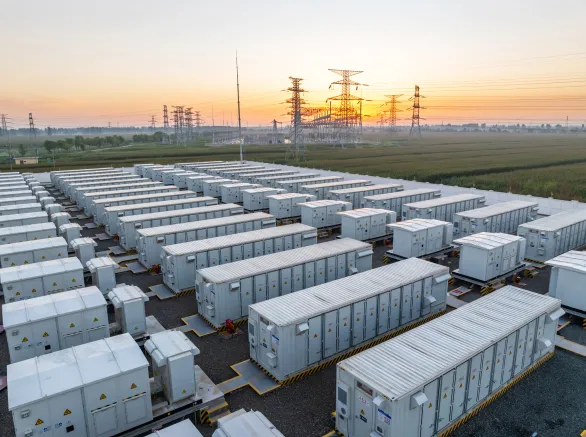April 21, 2023
From smartphones to electric vehicles, our modern, mobile world depends on the high energy and power densities of lithium-ion batteries. Although they are increasingly used in grid-scale energy storage systems to support renewable energy sources such as solar and wind, higher-energy batteries also increase the risk of catastrophic failure from thermal runaway — not just during operation but also in transit.
One failed cell in a multi-cell Li-ion battery can generate enough heat to affect the neighboring cells, leading to a thermal cascade throughout the pack. The hazard grows when multiple vehicles containing multi-cell packs or bulk batteries are shipped together. Hence, ship transportation for Li-ion batteries is governed by the International Maritime Dangerous Goods (IMDG) code.
Understanding the risk of thermal runaway requires characterizing potential failure modes and quantifying the probability and consequences of propagation from one cell to another. In a Marine Professional article, Exponent researchers describe a system for assessing Li-ion flammability hazards by testing a cell inside a sealed pressure vessel, allowing them to estimate the flammable gas volume and offer a quantitative assessment of the vent gas composition.

"Quantifying lithium-ion multi-cell risks"
To access the full article in Marine Professional, Issue 1, 2023, visit the IMarEST website. Access requires IMarEST membership.
From the publication: "The characterisation of these [contributors to combustion reactions] and of propagation characteristics ultimately requires full-scale testing and analysis to enable regulators and operators to plan for and ultimately mitigate risks."




